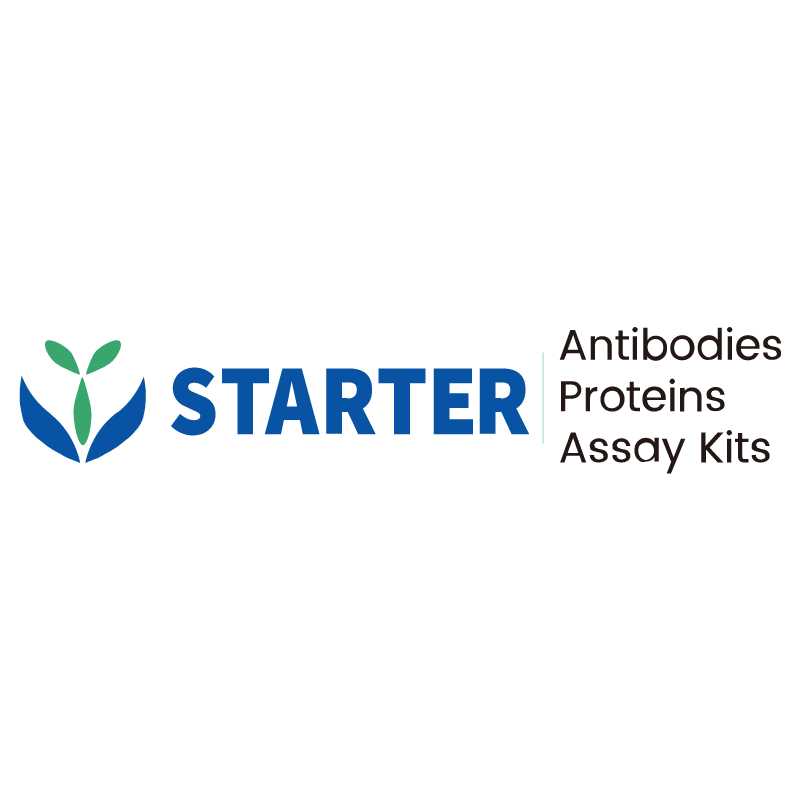WB result of SIRP alpha Recombinant Rabbit mAb
Primary antibody: SIRP alpha Recombinant Rabbit mAb at 1/1000 dilution
Lane 1: Jurkat whole cell lysate 20 µg
Lane 2: MCF7 whole cell lysate 20 µg
Lane 3: A549 whole cell lysate 20 µg
Lane 4: SK-MEL-28 whole cell lysate 20 µg
Lane 5: THP-1 whole cell lysate 20 µg
Lane 6: SW480 whole cell lysate 20 µg
Negative control: Jurkat whole cell lysate
Low expression control: MCF7 whole cell lysate
Secondary antibody: Goat Anti-rabbit IgG, (H+L), HRP conjugated at 1/10000 dilution
Predicted MW: 55 kDa
Observed MW: 85 kDa
Product Details
Product Details
Product Specification
| Host | Rabbit |
| Antigen | SIRP alpha |
| Synonyms | Tyrosine-protein phosphatase non-receptor type substrate 1; SHP substrate 1; SHPS-1; Brain Ig-like molecule with tyrosine-based activation motifs (Bit); CD172 antigen-like family member A; Inhibitory receptor SHPS-1; Macrophage fusion receptor; MyD-1 antigen; CD172a; BIT; MFR; MYD1; PTPNS1; SHPS1; SIRP; SIRPA |
| Immunogen | Recombinant Protein |
| Location | Membrane |
| Accession | P78324 |
| Clone Number | S-2505-8 |
| Antibody Type | Recombinant mAb |
| Isotype | IgG |
| Application | WB, ICC |
| Reactivity | Hu |
| Positive Sample | A549, SK-MEL-28, THP-1, SW480 |
| Purification | Protein A |
| Concentration | 0.5 mg/ml |
| Conjugation | Unconjugated |
| Physical Appearance | Liquid |
| Storage Buffer | PBS, 40% Glycerol, 0.05% BSA, 0.03% Proclin 300 |
| Stability & Storage | 12 months from date of receipt / reconstitution, -20 °C as supplied |
Dilution
| application | dilution | species |
| WB | 1:1000 | Hu |
| ICC | 1:500 | Hu |
Background
Signal-regulatory protein alpha (SIRPα, also known as CD172a or SHPS-1) is a type I transmembrane glycoprotein of the immunoglobulin superfamily, prominently expressed on myeloid cells, neurons, and stem cells, that functions as an inhibitory receptor by binding to the broadly expressed ligand CD47 (the “don’t eat me” signal) to negatively regulate innate immune effector functions such as macrophage phagocytosis of healthy host cells; upon CD47 engagement, phosphorylation of its cytoplasmic immunoreceptor tyrosine-based inhibitory motifs (ITIMs) recruits phosphatases like SHP-1 and SHP-2, thereby blocking actin cytoskeleton remodeling required for phagocytic activity, while structural studies have revealed its extracellular region contains three Ig-like domains (one V-set and two C1-set) and the interaction surface resembles antigen-receptor binding; in cancer, tumor cells exploit this CD47-SIRPα axis as an innate immune checkpoint to evade phagocytosis, making SIRPα a promising therapeutic target, especially in combination with anti-PD-1/PD-L1 therapies .
Picture
Picture
Western Blot
Immunocytochemistry
ICC shows positive staining in SK-MEL-28 cells (top panel) and negative staining in Jurkat cells (below panel). Anti-SIRP alpha antibody was used at 1/500 dilution (Green) and incubated overnight at 4°C. Goat polyclonal Antibody to Rabbit IgG - H&L (Alexa Fluor® 488) was used as secondary antibody at 1/1000 dilution. The cells were fixed with 100% ice-cold methanol and permeabilized with 0.1% PBS-Triton X-100. Nuclei were counterstained with DAPI (Blue). Counterstain with tubulin (Red).


